|
At the end of August, I released episode 212 where we talked about what features to choose if you want a quieter garage door. In that show, we focused mainly on the garage door opener, track and overall apparatus. This week, we’ll focus on the outer shell of the garage door— the material the door is made of, and how it will affect the door’s look, price, durability, and level of maintenance. Before we get into that though, let’s do a pop quiz based on the information fromepisode 212. POP QUIZ: Which door apparatus would give you a quieter garage door? A: A belt drive garage door opener, nylon rollers with ball bearings and an opener with a DC motor Or B: A chain drive opener with metal rollers and an AC motor Well, for quieter garage door operation you’d want the components in A. A belt driver opener, nylon rollers with ball bearings, and a DC motor. How’d you do? Okay, moving on to our mini lesson. There are 5 main types of materials that are used to make most garage doors on the market: Steel, Wood, Fiberglass, Aluminum and Glass, and Vinyl Let’s start by talking about steel, the most popular garage door material. STEEL GARAGE DOORS Steel is the most used material for residential and commercial garage doors, and for good reason. Steel doors are reasonably priced, durable, low maintenance, and available in dozens of styles. Steel can be painted and it is available in textures that mimic wood. Steel is stronger than most other garage door materials. One of the most important things to consider when selecting a steel garage door is the gauge. Gauge is a measurement of the thickness of the steel. The lower the gauge number, the thicker the steel, and the more resistant the door will be to dents. Look for a steel door that is 24 gauge or lower. A good quality steel door is likely to last about as long as your home. Avoid doors that are labeled “nominal” gauge. Those higher gauge steel doors won’t give you lasting durability. In addition to being strong, steel doors are low maintenance. Pre-painted steel doors require little more than an annual spray with a garden hose to keep them looking like new. Typically the only reason to repaint a steel door is if you want a change in color. A steel door is a sustainable option since it can be made of recycled material and can be recycled at the end of its life. One disadvantage of using a steel garage door is that the door can dent if it’s hit too hard. Rusting is another problem that can occur if the door is not properly maintained by keeping it clean, or if the surface paint is scratched. But steel doors can be covered with a protective coating to help prevent rust. Single steel garage doors average about $800. But, keep in mind, the prices I’m giving you today can vary considerably depending on where you live and the features you choose. I’m giving you the average prices for a single garage door. You can find many doors above and below those average prices. You’ll obviously pay more for a double garage door and doors with more features. WOOD GARAGE DOORS Although many non-wood garage door materials are manufactured to look like wood, for some homeowners, only real, genuine wood will do. From the early 50s through the mid-80s, wood garage doors were most common. While real, natural wood garage doors are beautiful and warm, they’re also expensive. Wood is, in general, the most expensive garage door option, averaging around $2000. But realize custom doors and wood doors made of more expensive wood species can cost several thousands of dollars more. In addition to being expensive, another disadvantage of wood is that it’s high maintenance. Wood doors need to be repainted or stained every 1-3 years. Otherwise, sunlight and moisture can cause damage and fading. The more sun and rain the wood door is exposed to, the more often you’ll have to paint or stain it. Wood is also be susceptible to wood rot and termite damage in certain regions. In addition, wood doors can be damaged by fire. Another concern is weight. Wooden doors are heavy and can be difficult to manage without a garage door opener. That extra weight can put significant strain on garage door openers that are not made for heavy loads. Despite those drawbacks, wood doors are resilient when it comes to physical damage. Wood doors can take more abuse and are more resistant to dings and dents than most other garage door materials. As far as energy efficiency goes, wood is naturally a fairly good insulator, and many wood doors can have insulation added to them to make them even more efficient. FIBERGLASS GARAGE DOORS Fiberglass garage doors are typically made of a steel core with a fiberglass overlay or skin. Fiberglass is corrosion- and termite-resistant. It also holds up well in climates with temperature extremes since fiberglass doesn’t expand or contract with temperature changes. Fiberglass also resists the effects of corrosion due to moisture and salt exposure. This makes it an excellent rust-resistant choice for oceanfront properties or cold areas where road salt is used. Fiberglass doors can come pre-finished in many colors or stains. Alternatively, you can choose an unfinished version which would allow you to stain or paint the door in whatever color you want. Fiberglass doors come in smooth or wood grain textures. Because fiberglass doors are relatively lightweight, they are a good choice for homeowners looking for a manual rather than an automated door opener. The lightweight nature of fiberglass doors makes them easy to install and easy on the garage door opener and track so the opener and track are likely to last longer. There are 3 main types of fiberglass doors on the market: single layer, double layer and triple layer. Single-Layer fiberglass garage doors have a layer of fiberglass affixed to a steel or aluminum frame, which holds the fiberglass panels in place. A Double-Layer fiberglass garage door features insulation between the two layers of fiberglass. The insulation helps increase the energy efficiency of the garage, adds strength to the door and reduces the amount of outside noise transfer. With a Triple-Layer fiberglass door, there is insulation between each layer of fiberglass. This is the most energy-efficient and strongest type of fiberglass garage door. Because it’s considered the premium fiberglass door, it’s also the most expensive fiberglass option. Not only do you get extra energy efficiency and quietness with double or triple layer fiberglass doors, but you’ll also have the advantage of saving money on repairs if they are ever required. That’s because when one panel of a multilayer fiberglass garage door is damaged, that damaged panel can be taken out, and only that one panel would need to be replaced instead of having to remove and replace the entire garage door. Now, with regards to maintenance, different sources say different things. Some say that fiberglass doors should be resealed with a clear coat every 1-3 years to prevent fading. While other sites say that fiberglass garage doors require no special maintenance such as sealing or painting. I’m sure it depends on the manufacturer of the door, so if you want to avoid regular maintenance, make sure you check the manufactures’ maintenance recommendations before making a purchase. Although fiberglass doors can ding and dent, small dents and dings are less obvious on fiberglass doors as compared to dings and dents on steel and aluminum doors. Fiberglass garage doors are a popular choice due to their low cost and range of style options, but there are some disadvantages of selecting a fiberglass garage door. The panels can be damaged by high winds. Common accidents such as being hit with a ball or getting bumped by the bumper of a car can cause denting. White or light-colored fiberglass garage doors may turn yellow as they age. The panels may also fade when exposed to sunlight over many years. In periods of extremely cold weather, the panels of fiberglass may crack. And finally, when standing close to a wood-look fiberglass garage door, it’s fairly easy to tell that it’s not real wood. Fiberglass garage doors are moderately priced, less expensive than wood, but more expensive than steel doors. A fiberglass door averages about $1500 ALUMINUM AND GLASS Although occasionally you will find a garage door made entirely of aluminum, most aluminum doors have an aluminum frame and glass panels. Aluminum and glass garage doors are a popular choice for contemporary and transitional homes. These doors have recently grown in popularity, mostly because they look so great. Aluminum and glass doors are reasonably strong and durable, but are much lighter than steel and wood doors. The lightweight nature of an aluminum frame makes the door easy to install and gives the entire garage apparatus greater longevity because the door puts less strain on the springs and tracks. . Aluminum and glass are also naturally resistant to rust and corrosion. This is especially helpful if you live in a coastal area with moist, salt air, or in areas that use salt on roads in the winter. When you think of "glass" doors, you might assume they are fragile. But that isn’t the case with glass garage door panels. Today’s glass garage door panels are made to stand up to strong winds and flying debris. Most glass garage door panels are made from tempered glass that comes in a handful of tints. You can often upgrade to insulated glass for greater energy efficiency. Glass garage doors are one the easier garage doors to maintain. Maintaining the door is as simple as grabbing some glass cleaner and a soft cloth and polishing it whenever it gets dirty. With glass garage doors, you have the benefit of natural light in the garage if you choose panels that have a light tint. Aluminum and glass doors are also a sustainable option because the aluminum frame can be made from recycled materials and can be recycled if you ever need to buy a new door. One of the drawbacks of a glass and aluminum garage door is the lack of color options and styles. They usually come in neutral colors and just a few contemporary styles. Another disadvantage of an aluminum and glass door is that the aluminum frame is softer than steel and is less resistant to hits and bumps. A good hit from a kids ball, hail or bump from the car can dent the metal. It will take a specialist to fix dents, so you’ll either need to spend a good amount of money for repairs or live with the dents for the life of the door. Aluminum and glass doors average around $1800. An all aluminum door is much less expensive at about $800 on average. VINYL GARAGE DOORS Vinyl doors have been out for around 20 years, but because of the major problems associated with them, many installers and manufacturers have stopped selling them. Vinyl is much more elastic than most other garage door materials, and the vinyl can expand in warm temperatures and shrink in cold temperatures. If you live in an area with variable temperatures and all four seasons, you should never consider vinyl because over time the door will warp and develop holes. You should only consider a vinyl door if you live an area where it is consistently warm and weather changes are not common. Expect to pay about $1000 on average for a vinyl door. Lastly, let’s talk about garage door insulation and bracing. GARAGE DOOR INSULATION Insulation is just as valuable in a garage door as it is anywhere else in your home. Just like with wall insulation, the garage door’s capacity to resist heat flow into and out of garage space is expressed as R-value. The higher the R-value, the more energy efficient the door. A higher R value not only makes the door more energy efficient, but it can also help the door operate more quietly and reduce outside noise. There are two types of garage door insulation: Polystyrene and foamed-in-place polyurethane. Polystyrene comes in sheets like styrofoam. Those sheets of insulation fit between the front and back panels of the garage door. But the sheets do not fill the entire cavity between the panels. So, although polystyrene sheets are good insulation, they are usually not as good as foamed-in-place polyurethane insulation. Polyurethane insulation is foamed-in-place during the manufacturing process. The foam fills the entire cavity between the front and back panels of the garage door. A polyurethane-insulated door might look thinner than a polystyrene door, but the polyurethane insulated door will offer a higher R-value. Garage doors with polyurethane are better insulated, stronger and quieter than uninsulated doors or doors with polystyrene insulation. Adding insulation to your garage door will add several hundred dollars to the cost of the door and, of course the greater the R value, the greater the cost. BRACING If you live on a hilltop or storm prone area that will get high winds, consider adding horizontal bracing and heavy duty rollers to your garage doors. Garage doors are one of the most vulnerable areas of a house during high winds. A quality bracing kit will run you a few hundred dollars per door. Bracing kits can often be purchased from garage door manufacturer, or at big box stores. In wind prone areas, it’s recommended that garage doors should be braced to withstand wind speeds up to 180 mph. Before you go, let's do a couple of quiz questions. QUIZ: 1. What type of garage door is generally the most expensive? A. Steel B. Wood C. Fiberglass D. Aluminum and Glass E. Vinyl The answer is B-- wood. Wood doors vary in price but average about $2000, and can go up significantly with custom options and expensive wood species. Steel doors are generally the least expensive type of door. 2. Which of the garage doors are susceptible to dents? A. Aluminum B. Steel C. Fiberglass D. All of the above The answer is D-- all of the above. Please remember that the purpose of this podcast is simply to educate and inform. It is not a substitute for professional advice. The information that you hear is based the only on the opinions, research and experiences of my guests and myself. That information might be incomplete and it’s subject to change, so it may not apply to your project. In addition, building codes and requirements vary from region to region, so always consult a professional about specific recommendations for your home. That's it for this lesson. Thanks for stopping by. I hope you learned as much as I did, and I hope you come back in two weeks for the next post/podcast.
0 Comments
Your comment will be posted after it is approved.
Leave a Reply. |
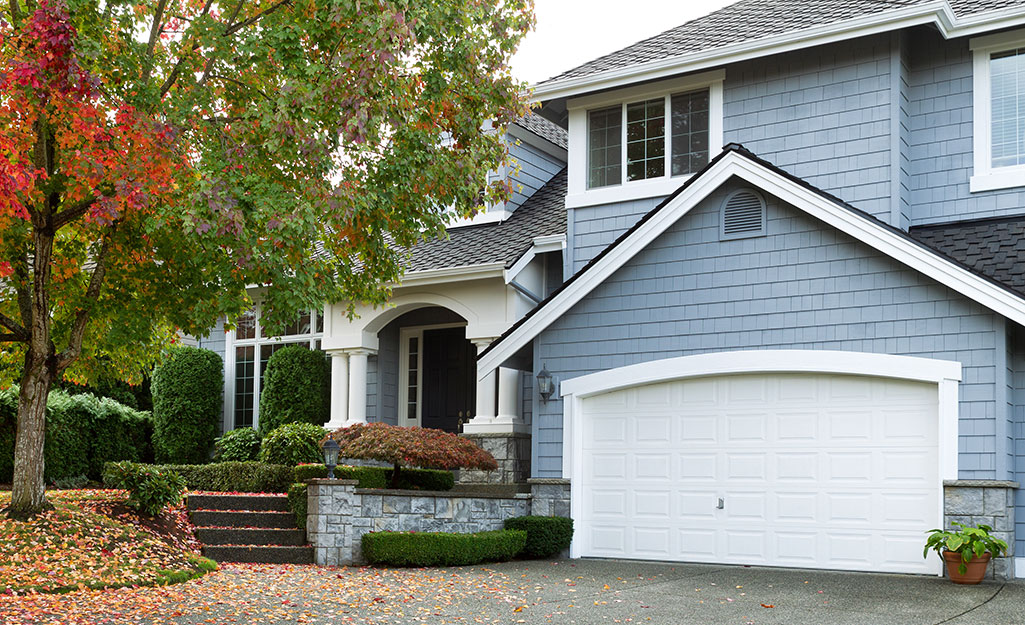
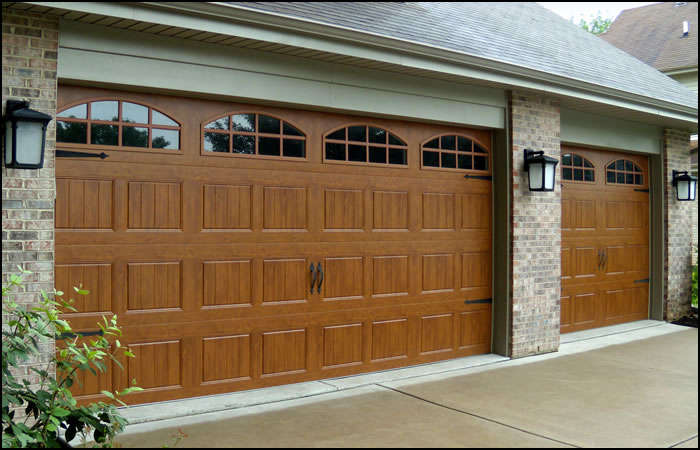
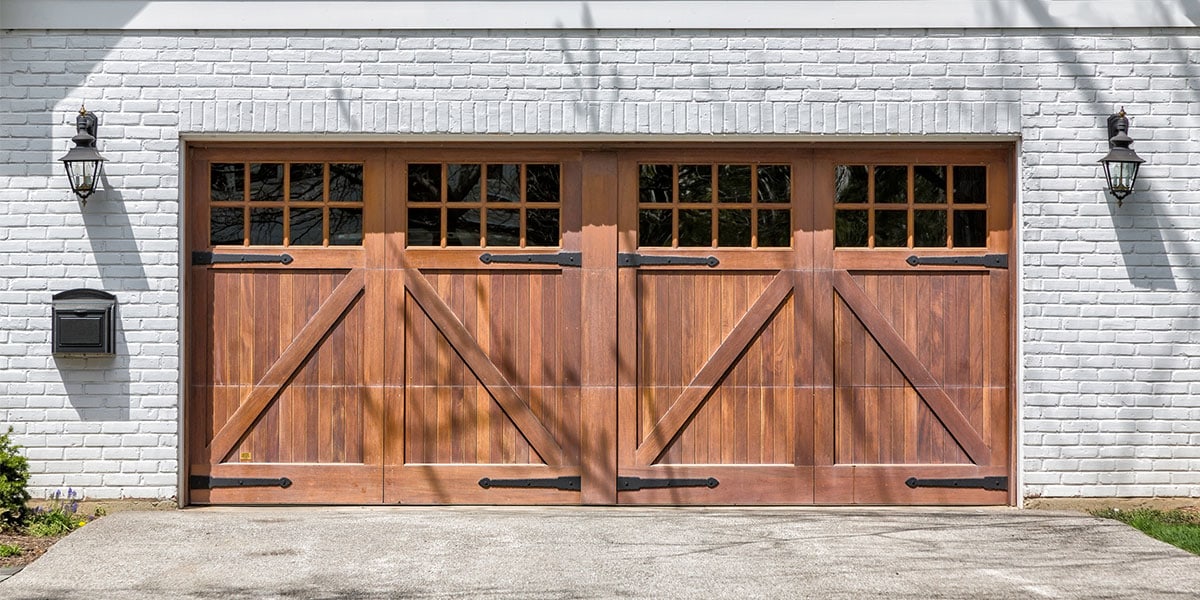
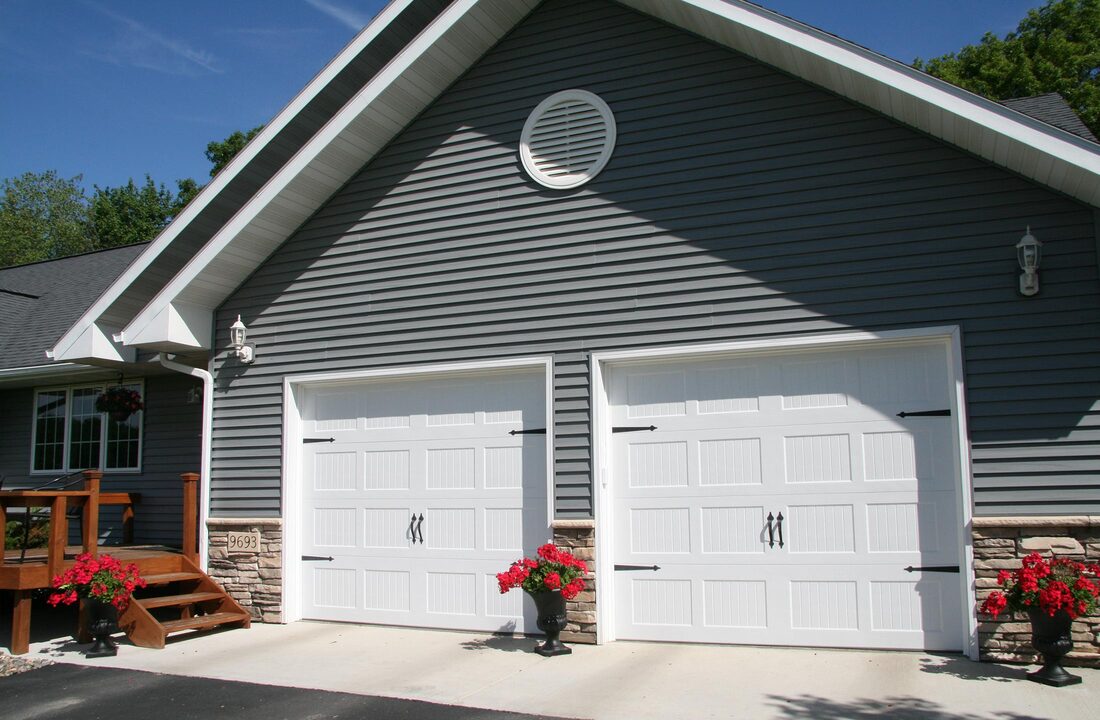
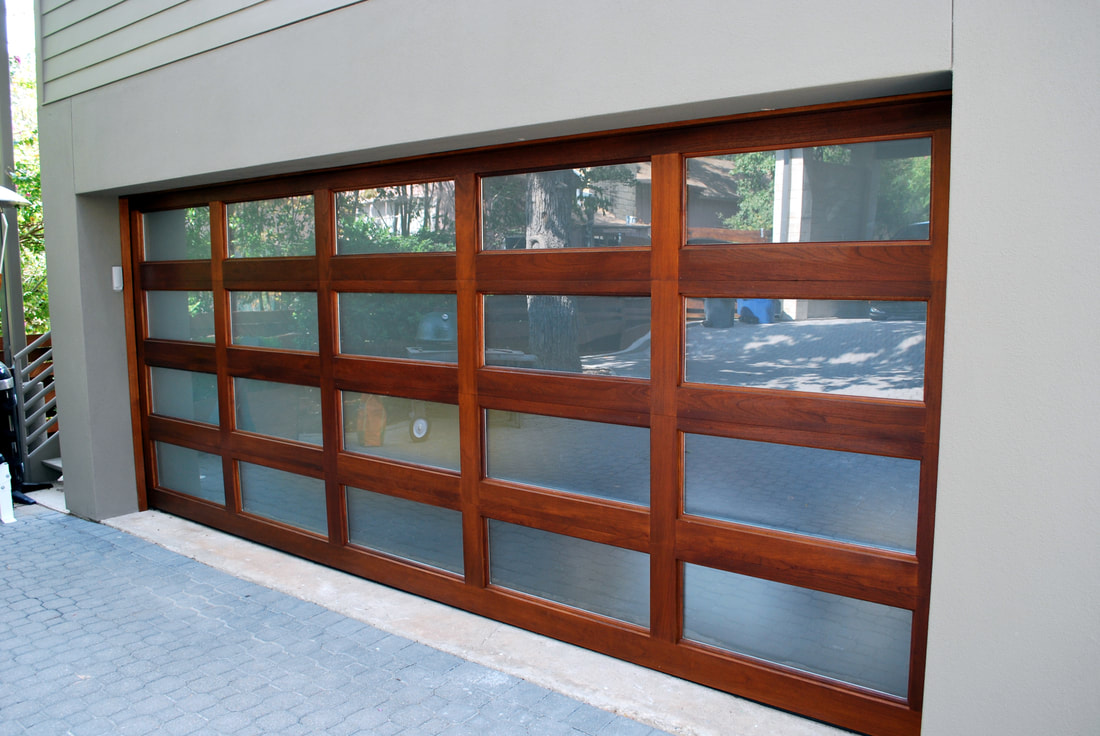
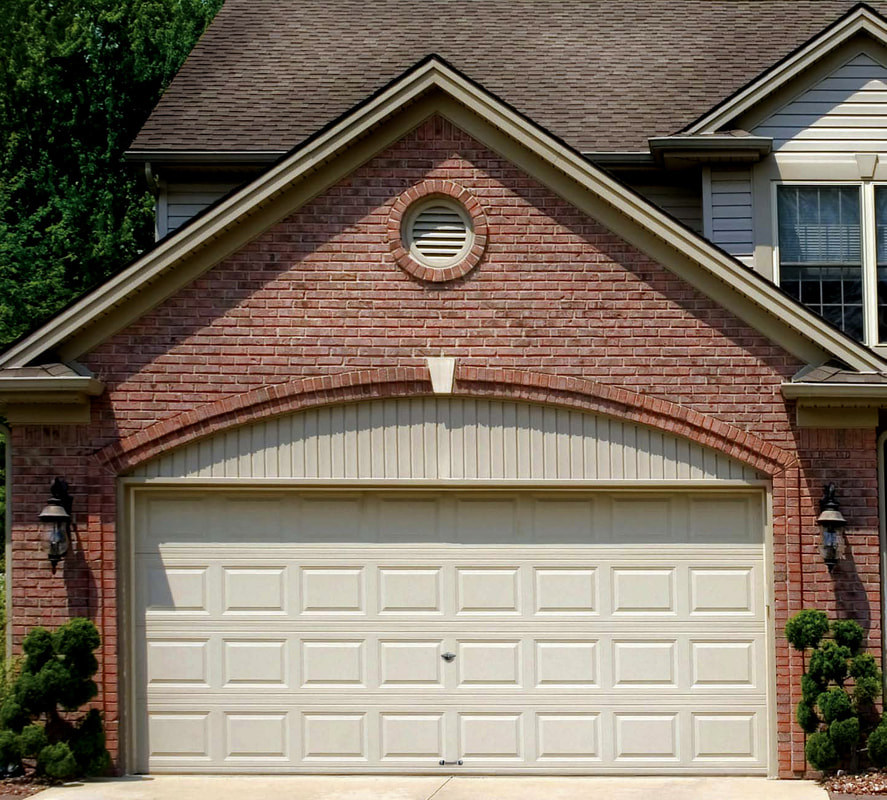
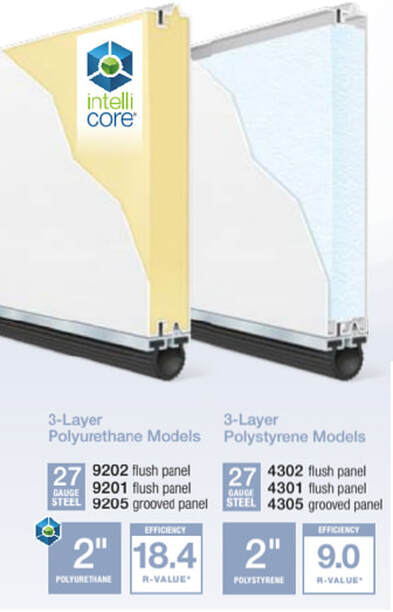
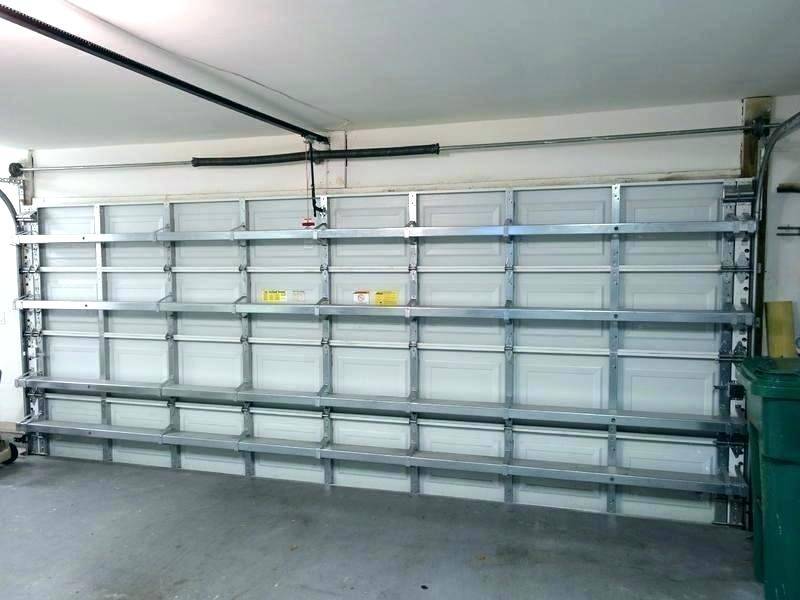
 RSS Feed
RSS Feed